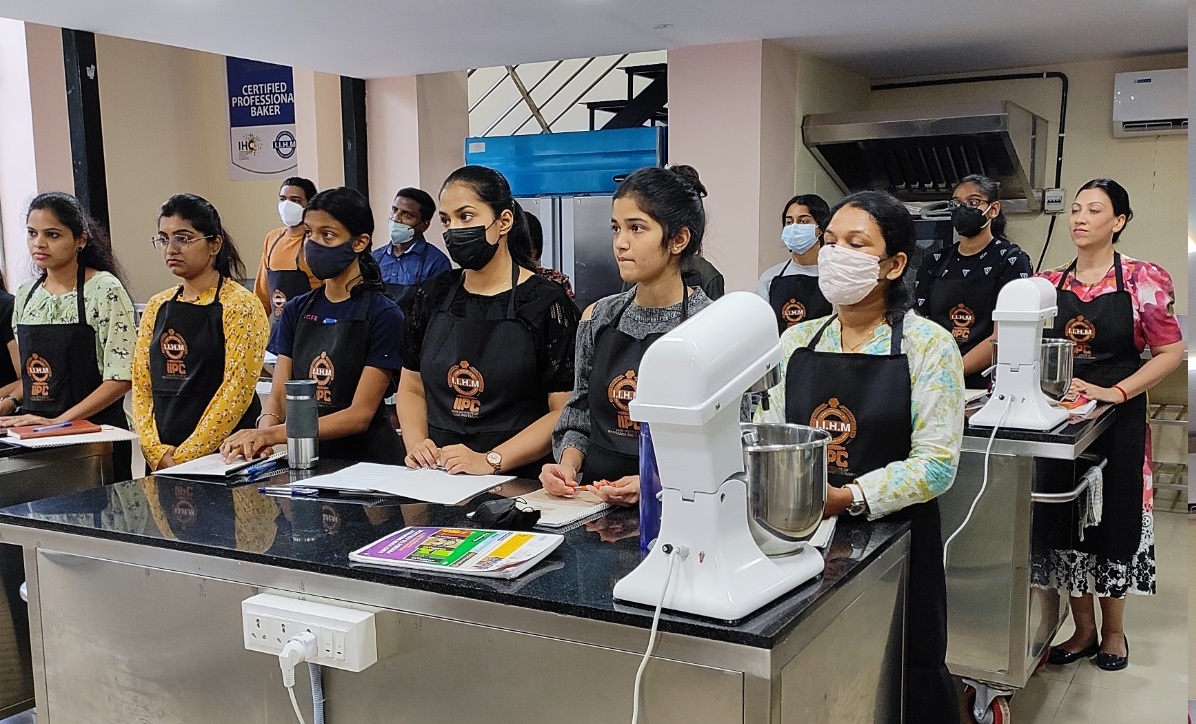Author : IIPC Admin
A Taste of Tradition: Classic Baking Vs. Traditional Baking
Classic
baking techniques
Traditional baking techniques are ingrained in
the culture and have weathered the test of time. These calculations often use
straightforward components and use a practical approach. Here are a few key
components of traditional baking techniques:
1. Mastering Basic
Techniques: Classic baking places a strong emphasis on learning basic
techniques including kneading dough, folding batter, and comprehending baking
ratios. For these methods to work consistently, practice, patience, and
experience are essential.
2. Time-Tested Recipes: Traditional baking
methods are based on tried-and-true dishes that have been handed down through
the years. These dishes frequently generate feelings of nostalgia and
familiarity.
3. Focus on Natural
Ingredients: When baking traditionally, natural ingredients are usually given
precedence over chemical additions and preservatives. Those looking for
conventional, wholesome flavors and textures will find this method appealing.
4. Classic baking frequently adopts a more
artisanal approach, with an emphasis on handcrafted and aesthetically pleasing
goods. The artistic nature of traditional baking is displayed through methods
like hand-shaping bread or complex piping decorations.
Modern
Baking Methods: New ideas and advances in technology have had an impact on
modern baking methods. To increase accuracy and efficiency, they frequently use
cutting-edge equipment and scientific ideas. Let's examine a few traits of
contemporary baking methods:
1. Innovation and
Creativity: Modern baking methods encourage exploration and creativity by
allowing for new ideas. Unique and intriguing creations can result from adding
new flavors, textures, and substances.
2. Time and Labour Efficiency: Modern baking
procedures frequently use technology to shave time and labor needs. Baking is
made easier by equipment like stand mixers, blenders, and precise temperature
controls.
3. Modern baking uses scientific precision to get
results that are dependable and accurate. Techniques like molecular gastronomy
and sous vide baking can provide unmatched control over texture and flavor.
4. Accessibility and Adaptability: Home bakers
now have easier access to modern baking techniques because of the growth of
online resources and baking networks. Social media sites, blogs, and
instructional videos all make it simple to share ideas and expertise.
The conflict between traditional and
contemporary baking methods has a complex resolution. Both strategies have
advantages and accommodate various tastes and objectives. Traditional baking
methods strongly emphasize craftsmanship, tradition, and the mastering of core
skills. Modern baking methods, on the other hand, value creativity, innovation,
and technological advances.
To master your skills in
baking your favorite dishes do check out our courses. (Link this to the landing
page).
